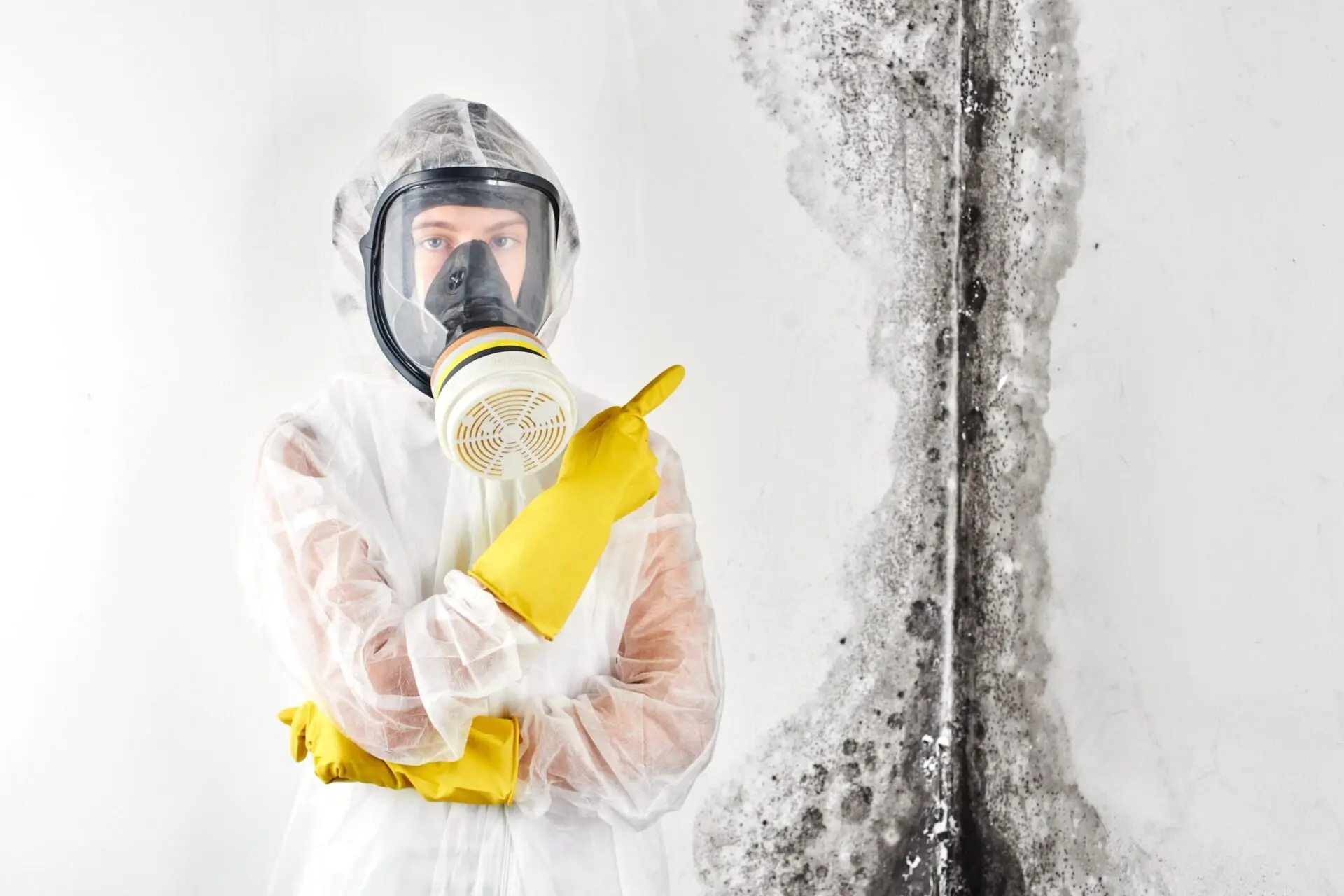Mould can silently invade your home, posing serious health risks and damaging property. Professional mould removal ensures a safe, thorough, and lasting solution. This guide walks you through the process, helping you understand why expert intervention is essential.

Understanding Mould and Its Dangers
Mould is a type of fungus that thrives in damp, humid environments. While some species are harmless, others can trigger respiratory issues, allergies, and structural damage. Black mould, in particular, is notorious for its toxic effects.
Signs You Need Professional Mould Removal
- Persistent musty odours
- Visible black, green, or brown patches on walls and ceilings
- Increased allergy symptoms among household members
- Water damage or persistent moisture issues
Step-by-Step Process of Professional Mould Removal
The Step-by-Step Process of Professional Mould Removal involves inspection, containment, HEPA filtration, cleaning, and moisture control to ensure a safe, mould-free home.
Mould specialists conduct a thorough inspection to identify the affected areas, assess moisture levels, and determine the extent of the infestation. Advanced tools like infrared cameras and moisture meters help pinpoint hidden mould growth.
2. Containment of Affected Areas
To prevent spores from spreading, professionals seal off the contaminated zones using plastic sheeting and negative air pressure. This step is crucial for ensuring the mould does not infect other areas of the home.
3. Air Filtration and Purification
High-Efficiency Particulate Air (HEPA) filters and air scrubbers are used to remove airborne mould spores, improving indoor air quality and reducing the risk of recontamination.
4. Mould Removal and Surface Cleaning
- Non-porous surfaces: Treated with antimicrobial and fungicidal solutions
- Porous materials (drywall, carpets, insulation): Severely affected materials may require removal and replacement
- Furniture and belongings: Specialised cleaning techniques ensure safe decontamination
5. Moisture Control and Prevention
Since mould thrives in damp conditions, professionals address underlying moisture issues by fixing leaks, improving ventilation, and recommending dehumidifiers where necessary.
6. Final Testing and Inspection
Once the removal process is complete, post-remediation testing ensures all mould traces are gone. Air quality tests confirm the effectiveness of the treatment.
Why Choose Professional Mould Cleaning Services?
Expertise and Advanced Equipment
Certified mould specialists use industry-grade tools and EPA-approved cleaning agents to provide effective solutions that DIY methods cannot achieve.
Long-Term Prevention
Professionals don’t just remove mould; they also implement preventive measures to keep it from returning, safeguarding your home and health.
Health and Safety Compliance
Mould exposure can be hazardous. Experts follow strict safety protocols, including wearing protective gear and using controlled methods to eliminate mould safely.
Conclusion
Mould removal is not just about aesthetics; it’s essential for maintaining a safe and healthy home. Professional mould removal services provide a thorough, long-term solution that ensures your living space remains mould-free. If you suspect mould growth, don’t wait act now to protect your property and well-being.
Faqs
How long does professional mould removal take?
The duration varies depending on the severity of the infestation. Most cases take 1–3 days, but extensive mould issues may require more time.
Can I stay in my home during mould removal?
For minor cases, you may be able to stay, but for extensive remediation, temporary relocation is recommended to avoid exposure to mould spores.
How can I prevent mould from returning?
Maintain proper ventilation, control humidity levels, fix leaks promptly, and schedule regular inspections if you live in a high-moisture environment.
Is professional mould removal expensive?
Costs depend on the extent of mould growth and the required treatment. Investing in expert services prevents future costly damage and health complications.
